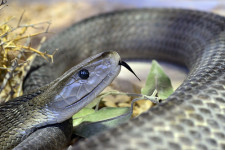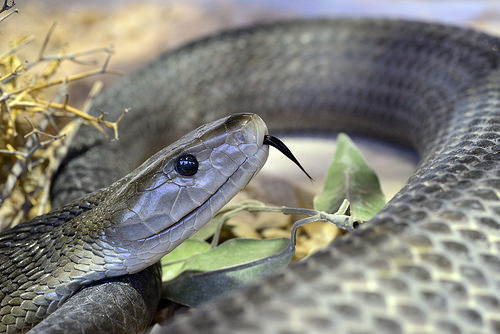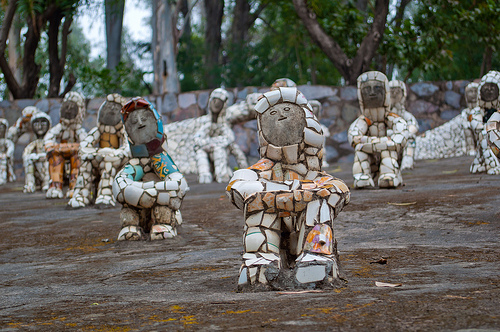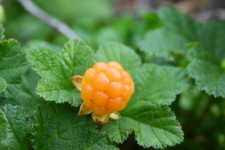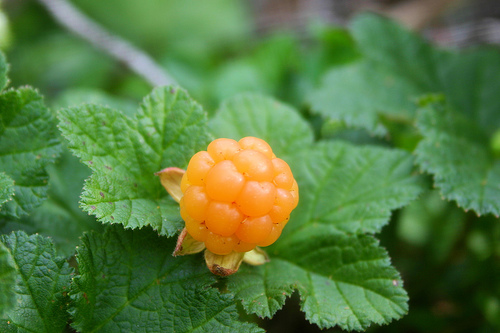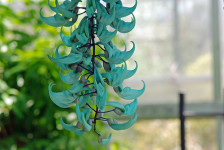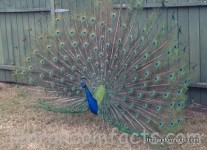
The irony of it is that despite water being a free resource, bottled water is popularly purchased.
- Bottled water is water that has been packaged in a bottle for commercial retail purposes or distribution; and it was originally contained in glass, although today, plastic bottles are more commonly used.
- Bottled water is generally purposed for drinking, although it can be used for other purposes, especially when tap or pumped water is not available.
- The water found in bottled water can be mineral, spring, distilled, sparkling, ground or well water, and it can be sold carbonated.
- Although water has been stored in containers for the purpose of transportation throughout history, it wasn’t until 1767, in Boston, when bottled water was first released for sale, in the United States.
- Despite being a ‘free’ resource, bottled water became a popular choice, especially as the first packaged water was mineral spring water, a rarer form that was considered to have health benefits.
- Bottled water became increasingly sought after in the 1800s, due to people fearing the potential harmful affects of unsafe drinking water, however when water chlorination became widespread in the 1900s, sales decreased in countries such as America, though Europe’s interest grew significantly, becoming increasingly widespread both in retail outlets and restaurants.
- Despite the fact that most bottled water does not become unsafe as long as it remains sealed, many still have use-by dates printed on the bottles, which are the manufacturer’s suggested deadline before the water content may become distasteful or ‘unfresh’.
- Popularity of bottled water grew significantly at the end of the 20th century and into the 21st, and in 2008, roughly 30 billion bottles of water were sold in the United States.
- The taste of bottled water is not necessarily any better than tap water, nor cleaner, nor healthier, especially in developed countries with reliable water treatment facilities.
- Bottled water is often considered overpriced, being more expensive than milk and petrol in many places, especially since water is available via tap for very little cost; and while the discarded bottles are considered a significant environmental hazard, it can take from two to seven times more water to produce the end product.
Bibliography:
Bottled Water, 2015, Clean Up, http://www.cleanup.org.au/files/clean_up_australia_bottled_water_factsheet.pdf
Bottled Water, 2016, Wikipedia, https://en.wikipedia.org/wiki/Bottled_water
Bottled Water, n.d, Cool Australia, http://www.coolaustralia.org/bottled-water-secondary/





